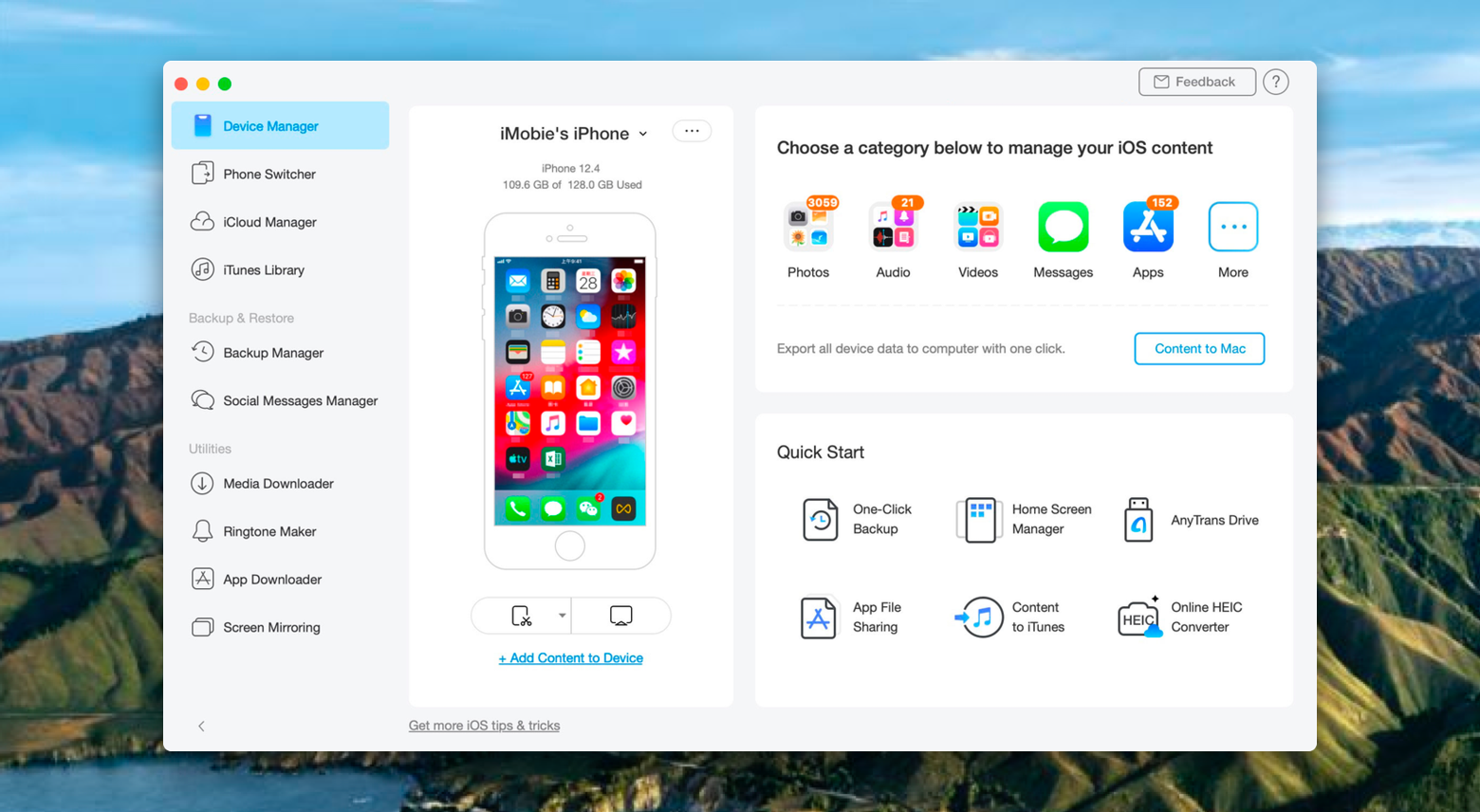

Data recovery is the next step.Ĭopy the data from the drive, particularly the User Data using any means you're comfortable with. That is not to say you absolutely will not be able to reformat and reuse the drive, but that putting back in it's original state seems questionable.

Tried it again selecting the hard drive instead of the partition.will get back to you on what happens.īased on the steps you've taken so far, I'd consider the likelihood of restoring this drive to be low. Trying to create the dmg image failed with the following error:
CREATE BACKUP IMAGE FOR MAC WINDOWS
Though I'm competent in repairing Windows / Linux PC's, I'm new to repairing Macs and what I've written above was just my best guess at it. dmg image of it's harddrive and I was just wondering if this would prove to be worth it, as it appears to be take a day or two to create the image uncompressed.
CREATE BACKUP IMAGE FOR MAC MAC
The Mac that the PowerBook G4 is connected to is very slow, but is presently creating a. *So that is why I am asking if it might do any good to make a backup dmg (uncompressed and read / write) before I try any of the more brash commands that mess with the inodes of the disk. I also found some more brash things I could try, but I'm quite concerned about what they might do to the data existing on the laptop.

** The volume Macintosh HD could not be repaired. I tried using fsck_hfs /dev/disk1s3 from the Terminal, and got the following output: ** /dev/rdisk1s3 The volume Macintosh HD need to be repairedĮrror detected while verifying/repairing volume disk1s3 Macintosh HD: Filesystem verify or repair failed (-9957)įinished verify/repair volume (filesystem) on disk disk1s3 Macintosh HD Started verify/repair volume (filesystem) on disk disk1s3 Macintosh HD Next I tried using diskutil from the Terminal which appears to do pretty much the same thing as the gui version of Disk Utility output below: PowerBook G4$ diskutil verifyVolume /dev/disk1s3 I already tried fixing the issue using Disk Utility's verify and repair buttons, to no avail. The non-booting drive now appears in the Disk Utility program as APPL FireWire Target Media with a partition of Macintosh HD. This is a Mac similar to the one I connected the PowerBook G4 Hooked PowerBook G4 to another running Mac using Firewire and held down the 'T' key on boot up.


 0 kommentar(er)
0 kommentar(er)
